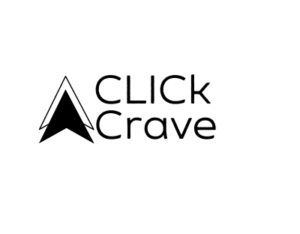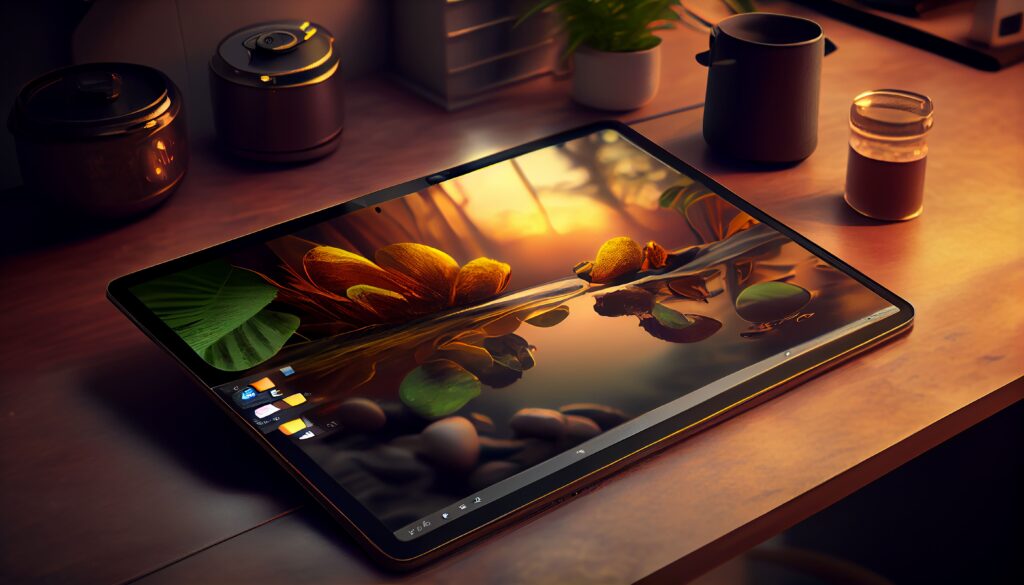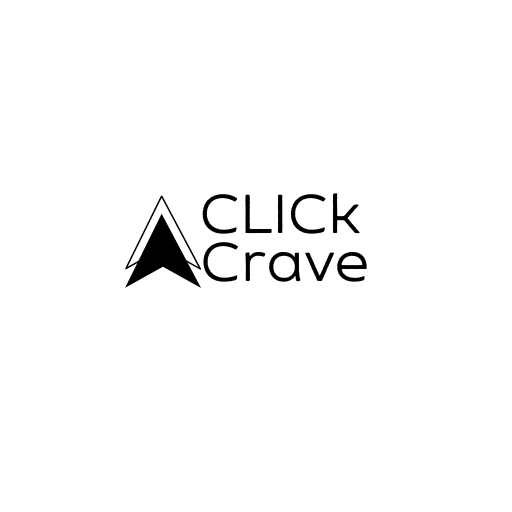
The Role of Website Aesthetics in Digital Marketing Success

The Role of Website Aesthetics in Digital Marketing Success
In today’s digital age, a website is often the first interaction a potential customer has with your brand. It is your digital storefront, and just like in the physical world, first impressions matter. One of the key factors that contribute to this first impression is the aesthetics of your website. Website aesthetics refer to the visual elements—colors, typography, images, layout, and overall design—that create an emotional connection and impact the user's experience.

The Importance of Website Aesthetics
1. First Impressions Are Instant
Studies have shown that it takes only 50 milliseconds (0.05 seconds) for users to form an opinion about your website. In that split second, they decide whether they like your site and whether they will stay or leave. Visual appeal is a major factor in this decision-making process.
A clean, visually engaging, and well-organized website can encourage users to stay longer, while an outdated, cluttered, or visually unappealing design can cause them to bounce. In digital marketing, retaining users is essential because higher dwell times correlate with higher chances of conversion.
2. Building Brand Perception
Your website is a direct reflection of your brand’s identity. The visual elements, such as color schemes, fonts, and imagery, should align with your brand’s personality and message. Consistency in design helps reinforce your brand and make it memorable to visitors.
For example, a luxury fashion brand will likely opt for a sleek, elegant design with sophisticated typography and high-quality imagery. On the other hand, a playful children’s toy company may use bright colors, fun fonts, and dynamic visuals to appeal to their target audience. In both cases, the aesthetics of the website play a crucial role in shaping how the brand is perceived.
3. Engagement Through Visual Hierarchy
Visual hierarchy refers to the arrangement and presentation of elements on a website that guides the user’s attention to the most important areas. Through the use of contrasting sizes, bold fonts, and strategic placement of elements, website aesthetics can help lead users toward calls-to-action (CTAs) and key information.
For instance, a large, eye-catching button with a contrasting color near the top of the page will naturally draw the user’s attention, encouraging them to take action. By effectively using visual hierarchy, you can improve user engagement, making it easier for visitors to navigate and interact with your site.
4. Trust and Credibility
Aesthetics are directly tied to trust. According to research, 75% of users judge a company’s credibility based on its website design. A well-designed site exudes professionalism, competence, and attention to detail, while a poorly designed site can lead users to question the reliability of your business.
The Connection Between Aesthetics and User Experience (UX)
Website aesthetics don’t exist in isolation—they work in tandem with user experience (UX). Aesthetic appeal enhances usability when done right, but poor design choices can have the opposite effect.
1. Simplified Navigation
Good website aesthetics include a clean and intuitive navigation system. Users should be able to easily find what they’re looking for without feeling overwhelmed or lost. If your website has an attractive design but poor navigation, users will quickly leave, which can negatively impact your SEO rankings and conversion rates.
A clean, minimalist design with clear navigation links ensures users can easily access important pages, whether on a desktop or mobile device.
2. Mobile Responsiveness
In 2024, mobile traffic continues to dominate web usage. Therefore, your website aesthetics must translate seamlessly to mobile devices. Responsive web design ensures that your site looks and functions well across all screen sizes. Mobile-friendly layouts, touch-friendly buttons, and optimized images are all part of ensuring that your website aesthetics work harmoniously with UX on every device.
3. Loading Times
A website that is overloaded with heavy images, videos, or flashy design elements can lead to slow loading times, which frustrates users. This can be detrimental to your digital marketing efforts, as users will abandon a site that takes too long to load. Balancing aesthetics with functionality—by optimizing images, using clean code, and prioritizing speed—ensures your website remains both visually appealing and efficient.

Aesthetics and Digital Marketing Strategies
1. Conversion Rate Optimization (CRO)
Website aesthetics have a direct impact on your conversion rate. A well-designed site with visually appealing CTAs can significantly increase conversions. Whether your goal is to get users to subscribe to a newsletter, download a guide, or make a purchase, the placement and appearance of your CTAs matter.
For example, buttons with contrasting colors that stand out from the rest of the design tend to have higher click-through rates (CTR). Additionally, creating a sense of urgency through design elements such as countdown timers or limited-time offer banners can prompt users to take immediate action.
2. Content Marketing
Content marketing relies heavily on the aesthetics of your website. Whether it’s blog posts, videos, infographics, or case studies, the presentation of your content plays a major role in user engagement. Well-designed content that is easy to read, visually appealing, and accessible across devices will keep users engaged longer.
For example, using appealing fonts, white space, and relevant images can make your blog posts more readable and engaging. Breaking up long blocks of text with visuals and headers improves readability and encourages users to stay longer on the page, which is crucial for SEO.
3. Social Media Integration
Integrating your website design with your social media strategy is another way aesthetics play a role in digital marketing success. Adding visually appealing social media icons and ensuring that shared content looks good when posted on platforms like Facebook, Instagram, and LinkedIn can help increase engagement.

The Psychological Impact of Website Aesthetics
Colors, fonts, and layouts don’t just serve a functional purpose—they also have a psychological impact on users. Understanding how these elements affect user behavior can help you make better design choices.
1. Color Psychology
Colors evoke emotions and can influence how users feel about your brand. For example, blue is often associated with trust and professionalism, while red is known to create a sense of urgency. By strategically using colors that align with your brand values and goals, you can create an emotional connection with users.
2. Typography
Typography affects readability and how users perceive your content. The fonts you choose should not only be visually appealing but also easy to read. Script fonts may work well for creative or artistic brands, while clean, sans-serif fonts are better suited for businesses that want to convey professionalism and clarity.
3. Whitespace
Whitespace, or negative space, is the empty space around design elements. It helps create a clean and organized look, allowing users to focus on key elements without feeling overwhelmed. Proper use of whitespace can improve readability and make your website feel more open and inviting.
Frequently Asked Questions (FAQs)
A1: Website aesthetics indirectly impact SEO by affecting user experience metrics like bounce rates, dwell time, and conversion rates. If your site is visually appealing, users are more likely to stay longer, engage with your content, and explore different pages, all of which improve your SEO rankings.
A2: Yes, aesthetics alone won’t guarantee success. A website needs to have strong functionality, fast loading times, and intuitive navigation to complement its visual design. A visually stunning site that’s difficult to use will frustrate visitors and negatively impact your digital marketing efforts.
A3: Both are equally important. While aesthetics grab attention and create first impressions, content keeps users engaged and drives conversions. A well-balanced website has a strong visual design that supports high-quality, relevant content.
A4: While there is no set timeline, it’s a good practice to review and update your website design every 2-3 years. Regular updates ensure that your site stays visually appealing, aligned with current trends, and technologically up-to-date with mobile responsiveness and SEO best practices.
Conclusion:
The Power of Aesthetics in Digital Marketing
Website aesthetics play a pivotal role in the success of your digital marketing efforts. From first impressions to conversion rates, the visual appeal of your site can impact every stage of the customer journey. By creating a visually engaging, user-friendly, and brand-consistent website, you can build trust with your audience, improve SEO rankings, and drive higher engagement and conversion rates.
